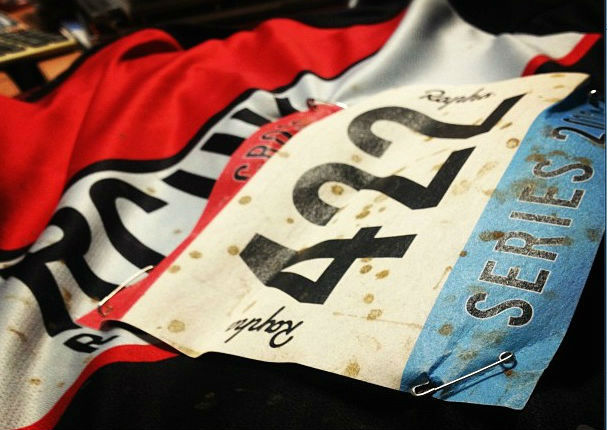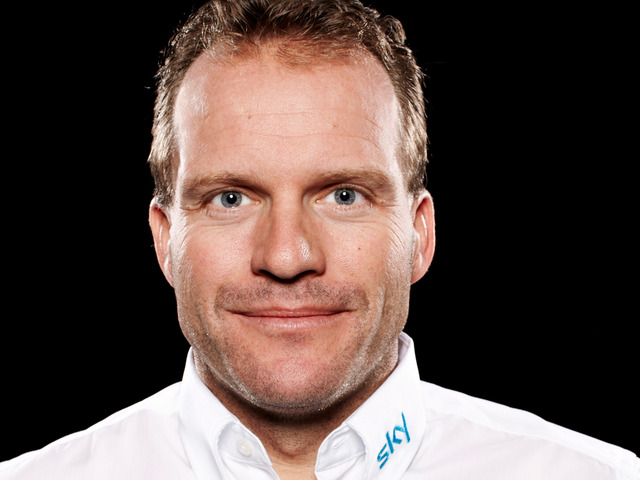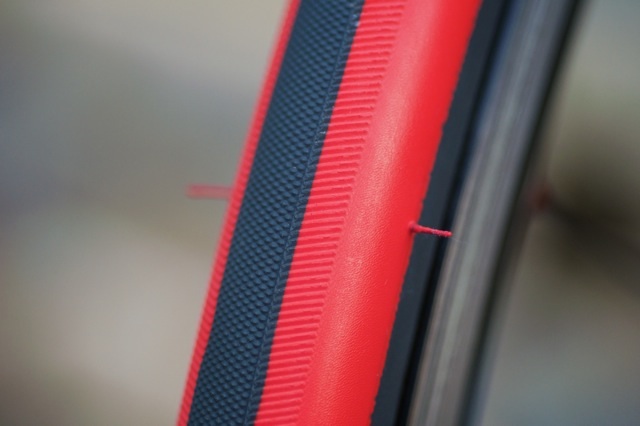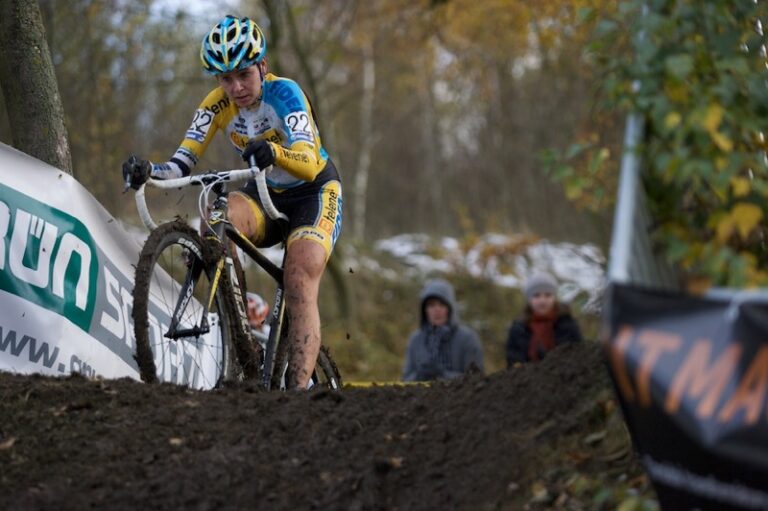Getting to grips with ‘core training’ can be difficult when you don’t know what it actually means.
The generic term is used to describe any training focussed on strengthening the abdomen or trunk of your body, including the abdominal and back muscles, and the muscles that stabilise your pelvis and hips. ‘Core’ training for cyclists may be on the bike or off the bike, and must target strengthening these areas to enhance overall cycling performance. On the bike core training must emphasise muscular overload more than cardiovascular overload, and can be focussed in or out of the saddle.
For on the bike core training seated climbs are one recognised method of deliberately focussing on the core. As you approach a hill the immediate temptation is to change down a gear or two or stand up, but to focus on seated muscular strength you should stay in the saddle and become slightly ‘over-geared’ so you are a little bit uncomfortable. As a rough guide try a pedalling rate of between 60 and 80 rpm for this type of work, or at least 10 revs per minute below your normal pedalling speed. The added force through the legs will make it harder to maintain a still upper body, and keep your knees in line with your pedals. In a seated climb your ‘core’ is what transmits the force from your legs to the road, by way of stabilising through your upper body at the handlebars.

Awareness of technique and style is essential as any strength training is ’neuromuscular’ and you will train your body how to work with higher loads as you repeat the exercise. It is only true cycling specific core training if the extra power translates to the road. If you rock and roll at the shoulders or wiggle at the hips when the power goes down the extra effort is being wasted and will not convert into improved cycling performance and may even result in injuries or issues, often at the lower back which takes the brunt of a weak core. Equally, if you can stay still and solid on the bike and ride in a straight line you have better cycling specific core strength than someone whose body or bike moves around a lot.
If you have not deliberately done this type of training before, one of the first things that you will notice is that at slower cadences and higher resistance, you are forced to work a more complete pedalling circle. You have to pull up as well as push down, and transfer the load more effectively across the top and bottom of the pedal stroke, recruiting more muscle groups and fibres than you would at lighter workloads.
Think of the pedalling circle as a square. There is a downstroke, a backstroke, an upstroke and a forwards stroke. Try focussing on one part of the square at a time to see which is your most deficient. The down stroke is dominant and recruits the quadriceps muscles of the thigh the most. Many riders often only push down and are missing the other critical components that become more important as the load goes up. The hip flexors and hamstrings are prime movers on the upstroke and the across the bottom and top respectively the calves and gluts become more active. Learning to engage these muscles as each part of the pedalling ‘square’ in turn can help you integrate them into a complete circle later. Not only is the muscular strength element critical but the neuro-muscular timing of switching on and off the different muscle groups can be learnt more easily at these slower cadences.
As well as the extra load on the legs, you may notice that you are pulling on the handlebars on the same side as the downstroke leg, but this should be ‘balancing’, and not cause any ‘rocking’ or ‘nodding’ through your torso, or any side to side movement of the bike and bars. Work with this natural pull but make it as smooth as possible and hold your shoulders still, drawing them down away from your ears and keeping your elbows tucked in.
Introduce this core training by including these elements in the hills or even slight inclines that come your way in your usual route or regular rides. You can then progress to hill repeats if this is something you are looking to focus on, but you should build the amount of this type of strength training gradually with loss of technique/style together with any joint pain as the limiting factor.
Next week…thoughts on what to do if this core training causes pain…





